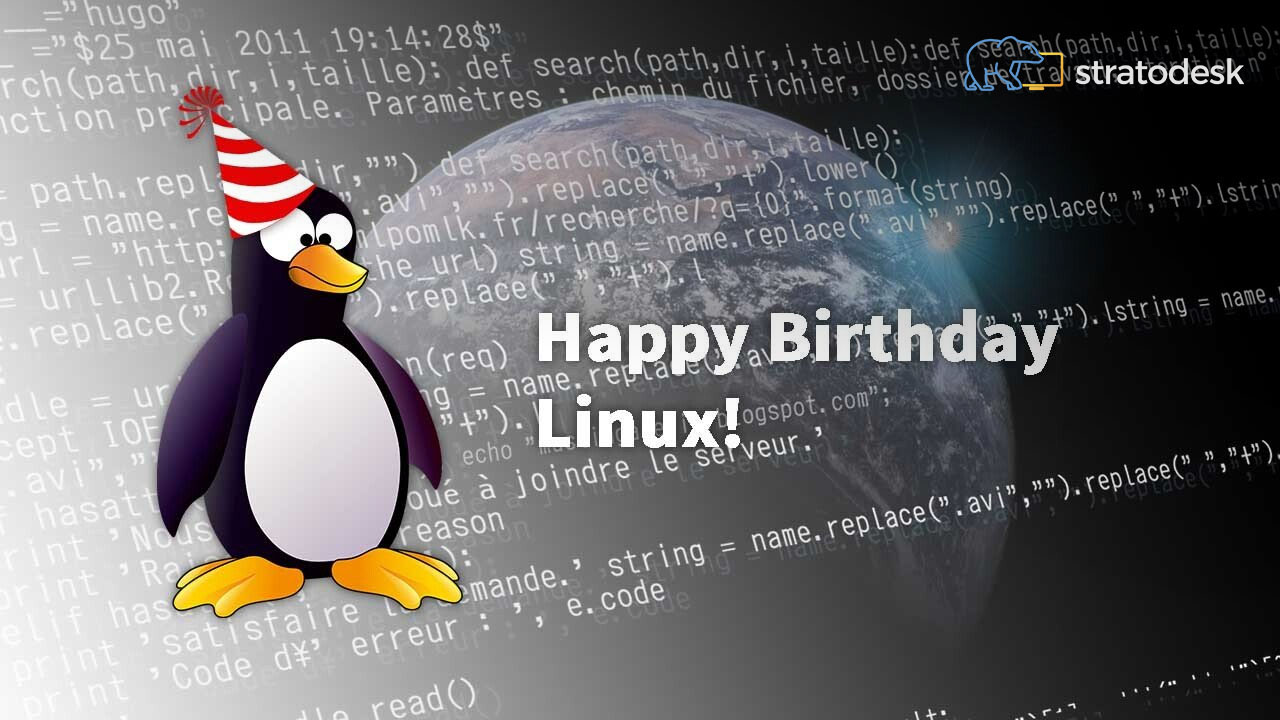Happy Birthday, Linux! To celebrate the most underrated operating system on the planet, we’ve put together a complete history of Linux. From its inception to today, Linux has revolutionized the world of computing. Here’s how it all happened, starting with a visionary young student from Finland.
First Off – What is Linux?
In layman’s terms, when people say Linux, what they are really referring to is a group of operating systems built around the Linux kernel. Linux has played a very vital role in technology today, and it is particularly useful in cloud computing and server environments. The reason for why Linux is so in demand by data centers stems from various factors, including:
- It is minimal footprint.
- Linux has the potential to run on a wide variety of devices.
- It includes a Command Line Interface (CLI) and can also include a Graphic User Interface (GUI).
Linux – An Origins Story
Although Linux is now used to solve a vast variety of use cases around the world, it has relatively humble origins. The story begins in the early 1990s when Linus Torvalds was studying at the University of Helsinki. Linus formed a very early interest in computers. That interest, as it so happens, is what would eventually lead to him creating one of the most versatile and widely used operating systems in the world.
While at Helsinki, Linus began working on an alternative to UNIX, which is how Linux came about.
Throughout the 90s, the Linux phenomenon grew as an open source project thanks to the efforts of programmer hobbyists who liked the fact that Linux is massively efficient, and very reliable.
Thanks to its efficiency and doubly thanks to its reliability, Linux has been adopted by data centers that rely on efficiency and reliability the world over. In fact, Linux accounts for more than a third of all web servers on the internet. Pretty incredible!
What About the Penguin?
The Penguin (named Tux) came about relatively early in the evolution of Linux. You might see Tux come up quite often – he is the most widely recognized icon for Linux.
So where did he come from? Who owns the rights to his image today?
Well, the answer to the second question is easy to answer. Nobody owns the image of Tux. In fact, he’s free to anyone who wants to use him. In regards to the second question, that’s where things get a little murkier.
Tux was originally created on the free open source image editing software GIMP way back in the mid-90s. As for the inspiration behind the cutesy logo, it’s hard to say just what exactly inspired it. Stories range from mild and mundane needs for a corporate logo to wild stories of Linus being attacked by penguins with a lust for blood.
Perhaps the world will never know the true story.
Linux Today
An OS as powerful as Linux, however, was not destined to stay in the shadows forever. Today, it has moved into center stage. Its use spans a broad spectrum of scenarios, including powering Facebook, DreamWorks animation, the fastest super computer in Europe, and simpler, every day things like various gadgets found in and around your home and city.
Additionally, powerful solutions are built on Linux, enabling IT leaders and workers around the world to get their work done without worrying about compromising on security.
This in part thanks to user friendly solutions now being available on the market. Linux-based solutions like Stratodesk NoTouch, for example, were built for ease of use. And, of course, Linux pairs incredibly well with Virtual Desktop Infrastructure and Cloud Infrastructure.

